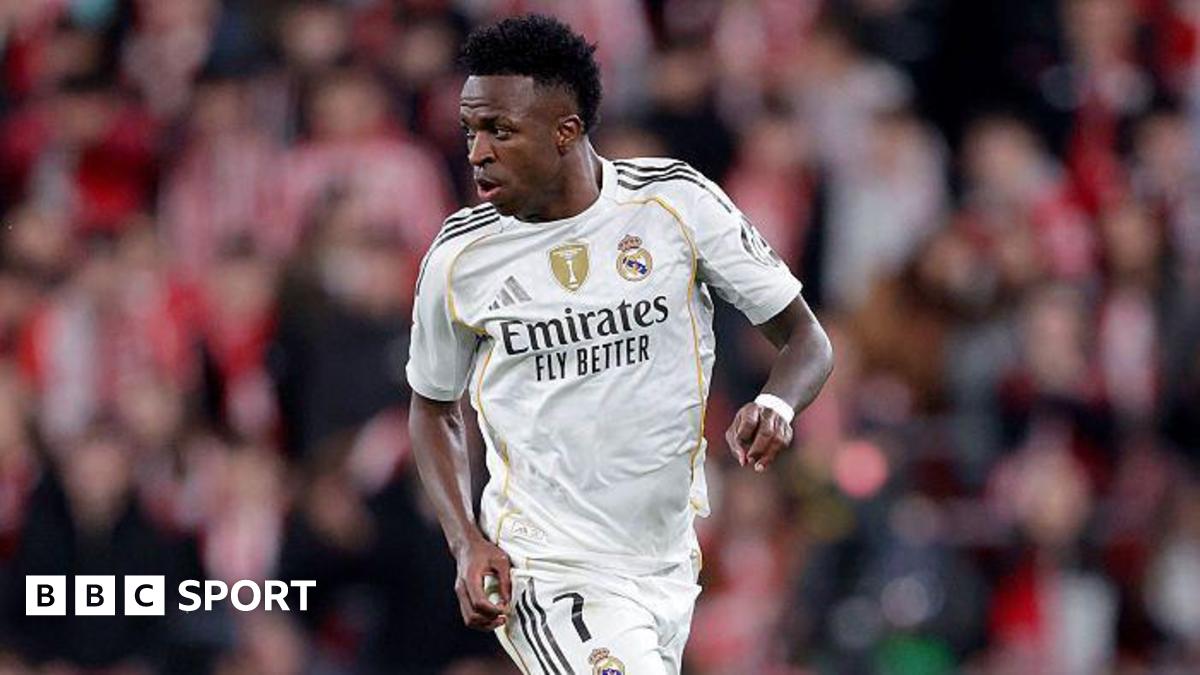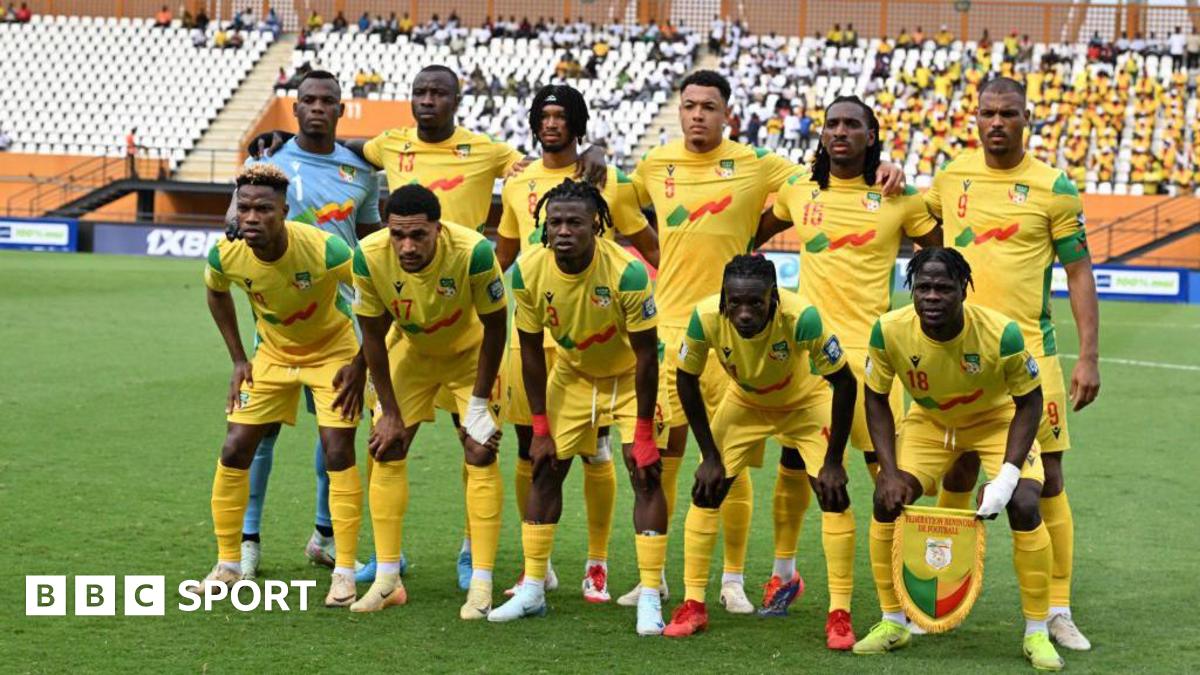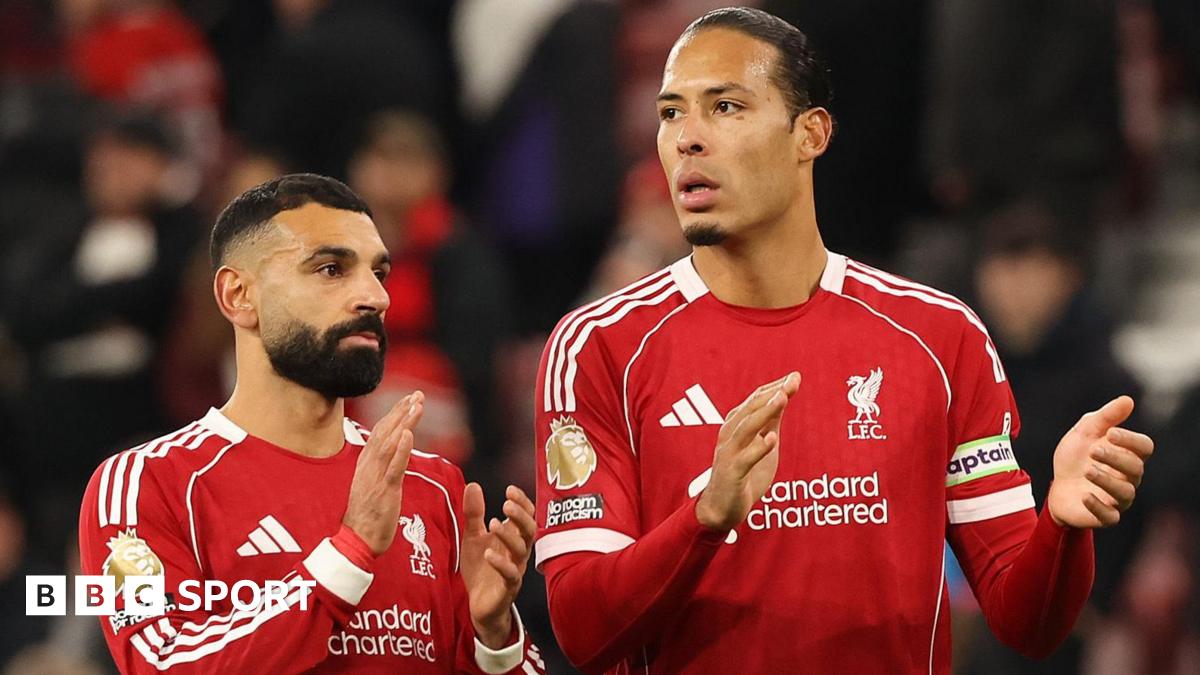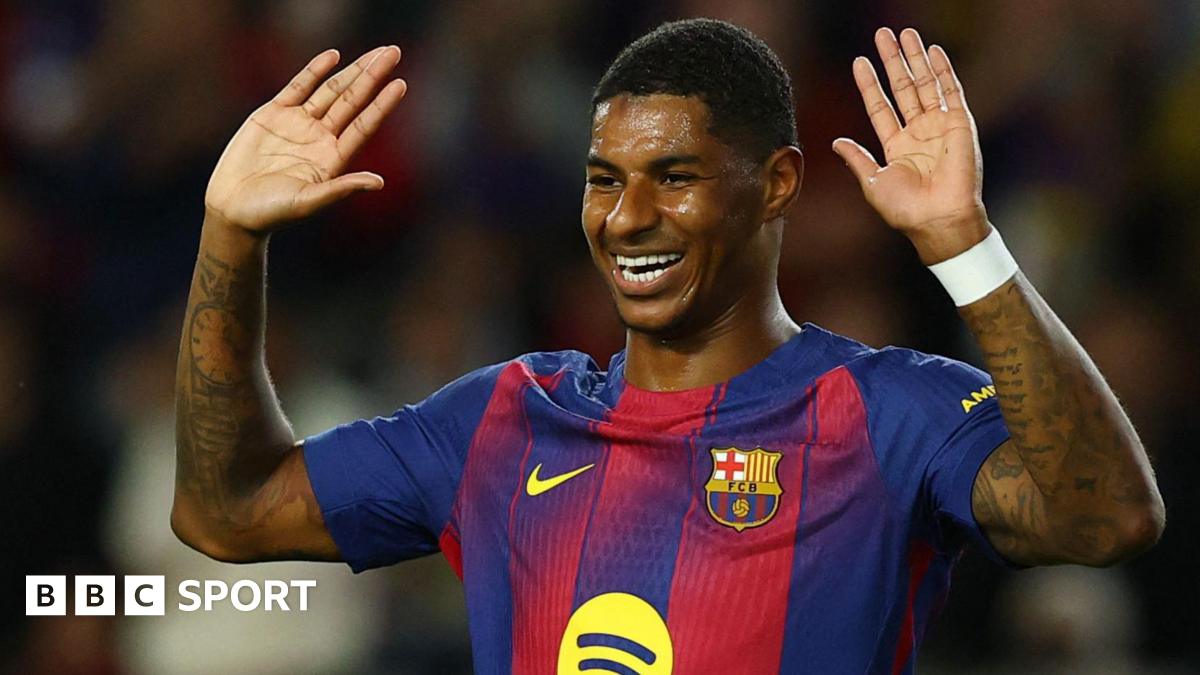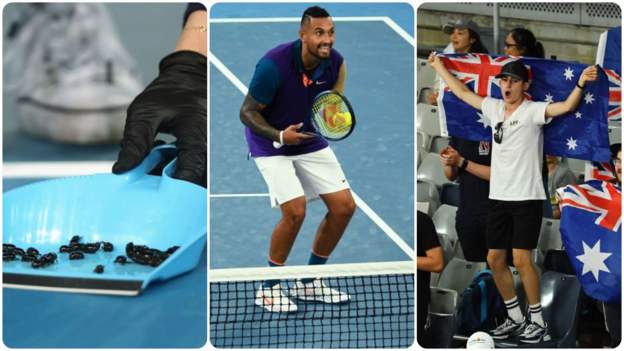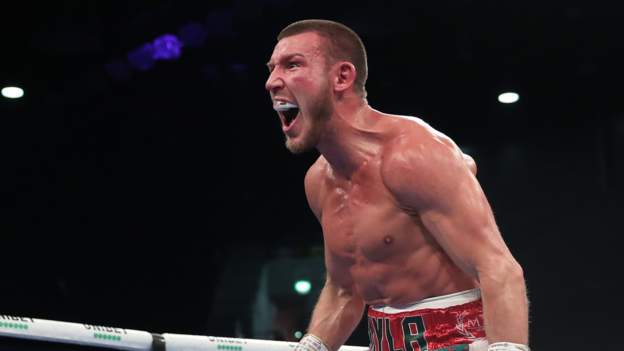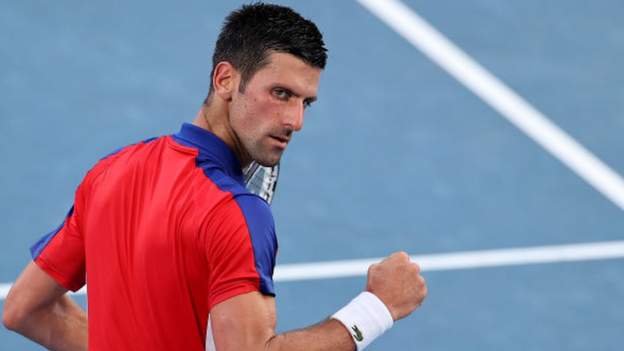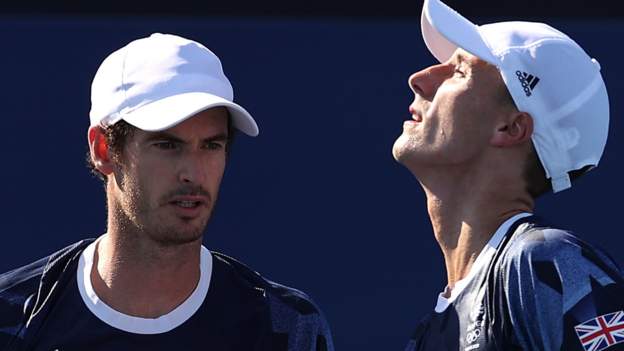We are just three days into the first Grand Slam of the season but there has been plenty to talk about.
From players to ball-kids, everyone at the Australian Open has had to adapt to holding a tournament in a bio-secure way.
So what is new at Melbourne Park in 2021 and what have we learned?
You can still win after 14 days in a hotel room
As preparations for a Grand Slam go, a fortnight confined to a hotel room is not ideal.
For 72 men’s and women’s players at the Australian Open, that was what faced them after there were confirmed cases of Covid-19 on their flights into the country.
There have been mixed results – and reactions – from those who went through that strictest quarantine.
Romania’s Sorana Cirstea pulled off one of the biggest wins of the women’s tournament so far, beating ninth seed Petra Kvitova 6-4 1-6 6-1 in the second round on Wednesday, while Britain’s Heather Watson won her opening match on Tuesday.
“I think it’s impressive to come out of 15 days without hitting a ball and competing the way I did today, I wasn’t expecting it,” Cirstea said.
But Grand Slam champions Victoria Azarenka, Angelique Kerber and Bianca Andreescu were among the seeds to make early exits following ‘hard’ quarantine, while American Tennys Sandgren called his preparations “a joke” and France’s Benoit Paire described the situation as “a shambles”.
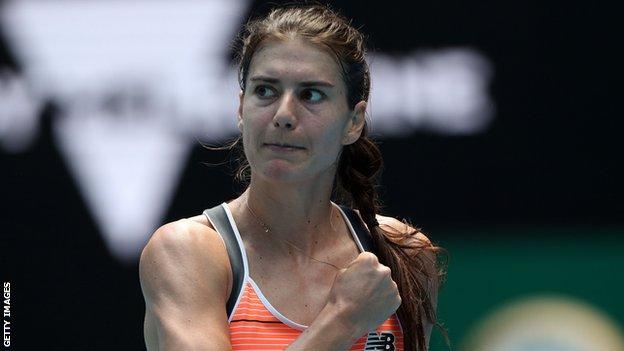
The days of line judges could be numbered
There are no line judges at the Australian Open this year in an attempt to keep the tournament bio-secure and the move has been welcomed by many players so far.
Instead, ball-tracking cameras are used. Voices call out decisions in real-time, with recordings made by Australia’s health workers, firefighters and other emergency services personnel as a tribute to their work.
“I feel like if they do want to continue this way, I actually have no complaints about it because I think that there’s a lot of arguments that aren’t going to happen because of this technology,” world number three Naomi Osaka said.
American 23-time Grand Slam champion Serena Williams added: “It’s interesting, It’s definitely different. I’m loving it here, so I just needed to adapt, and now I’m adapted to it. I think it’s for the best.
“I think it’s not too much that can be wrong – there can be some close calls that you can check, but I think it’s good.”
But American Frances Tiafoe was unhappy during his defeat by Novak Djokovic, joining a number of players including Nick Kyrgios who feel the technology is glitchy.
“I hate it, I cannot stand it,” he said. “I’ll get used to it if they carry on with it but I’m not a fan.”
The courts have got faster
Novak Djokovic loves Rod Laver Arena. In fact he said it feels “like my living room”.
But the eight-time Australian Open champion also thinks this year’s courts are the fastest he has played on at Melbourne Park in 15 years.
“If I serve well, it does help me,” said the world number one. “It is definitely more suitable to big servers.
“I’m not sure what is the reason why it keeps on getting faster and faster in terms of the speed of the court each year.
“I mean, this is the fastest it has ever been. It’s not only my opinion. I’ve been talking to a lot of players. You just have to serve well. You can win a lot of free points there.”
Former British number one Anne Keothavong also said on BBC Radio 5 Live Sport Extra that she thought the courts were playing quicker.
Crowds are back!
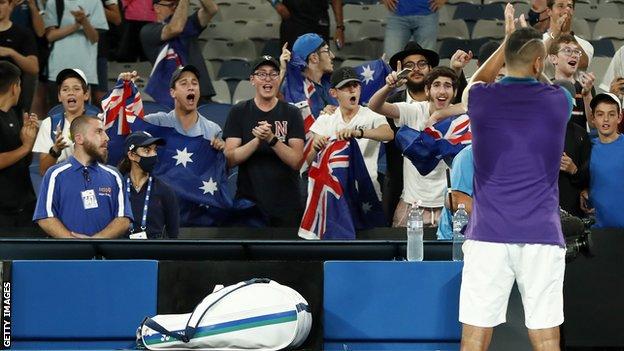
No tennis tournaments – nor many other events in the sporting world – have been allowed to host this number of people since the pandemic began.
But the sight of fans at Melbourne Park this week has been a welcome relief and looked almost… normal?
Organisers are allowing up to 30,000 fans in every day, split across three zones, and while numbers are falling short of this, they are rising.
There were 17,922 visitors on the opening day, compared with the 64,387 who passed through the gates last year, with on-site commentator Alison Mitchell observing that locals are “scarred” and have “had it tough” during the pandemic.
The numbers have crept up as the week has progressed, with 19,900 attending on Wednesday – and the 5,000 or so socially distanced fans who made it into the John Cain Arena to witness Nick Kyrgios’ epic tussle with Ugo Humbert will be delighted they did so.
They created a boisterous atmosphere as the Australian battled back from two match points down to win in five sets, cheering the home hope over the line in a way many people have not heard for almost a year.
It’s the Australian Open and we’re not talking about the weather
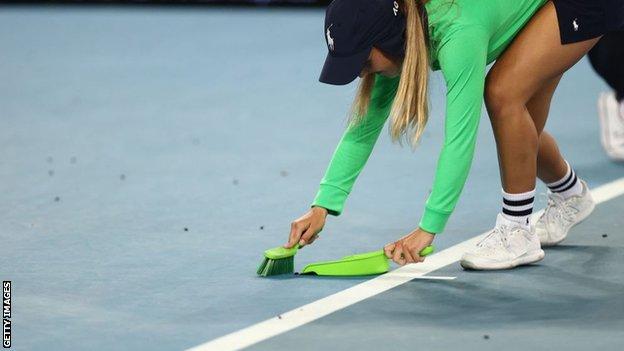
Well, it has been surprisingly… fine.
Qualifying was disrupted for last year’s tournament when bushfires in the country affected the air quality, before heavy rain hit.
In previous years the temperature has also been a factor, with players used to adhering to heat protocols, donning ice towels to combat the extreme heat.
But Wednesday was the first day that ice towels have been used this year and while it could reach 33C on Thursday, it is unlikely to get any warmer throughout the tournament.
There have, however, been any number of insects loitering on court during matches – keeping officials and ball boys and girls busy with their dustpans and brushes.





